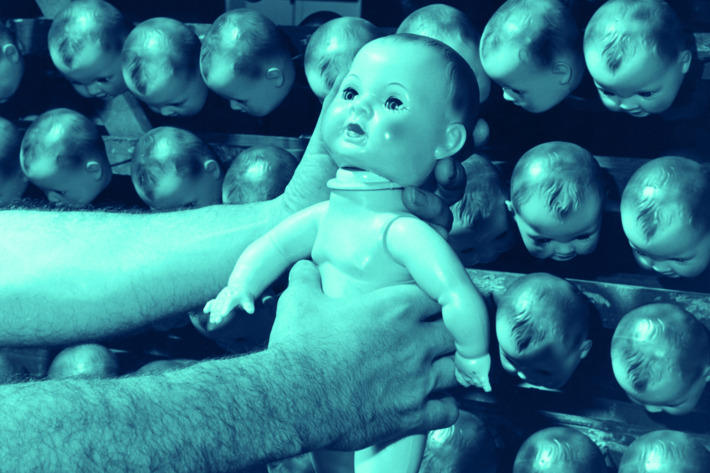 Something to think about for Halloween — Why do some people find dolls creepy?
Something to think about for Halloween — Why do some people find dolls creepy?
For example, in San Clemente, California in 2014, dolls began mysteriously appearing on the steps of houses. Even more unusual, each bore a resemblance to a young girl living in that house. The police traced the dolls to a local woman who insisted this was intended as an expression of kindness. But how would you feel about finding a doll on your doorstep resembling your child?
Fear of dolls is called pediophobia (you can fear anything and there’s a name for it, but that’s another subject), and it’s not that rare. Why?
According to an excellent article on the Science of Us website (http://nymag.com/scienceofus/2016/10/people-are-scared-of-dolls-because-of-the-uncanny-valley.html?), part of the reason is circular logic — there’s a lot in pop culture about creepy dolls (if you’re really into creep, here is a list). The site even gives the example of a Mexican tourist attraction called Isla de las Muñecas, or the Island of the Dolls, where you can see to see dilapidated dolls strung up on trees, supposedly to appease the spirit of a girl who drowned.
But perhaps the biggest reason is dolls are in what is called the “uncanny valley,” the space occupied by humanlike things that give us a sense of unease. A Japanese robotics engineer, Masahiro Mori, invented the term in 1970 to describe that uneasy middle ground between life and lifelike — not quite fully human, but not quite something else, either.
Pediophobia is actually one part of automatonophobia, or a fear of things that look like humans, like robots and wax figurines. (If that word looks familiar, pediophobia means “fear of little children,” and is linguistically very close to the word for fear of actual children: pedophobia.) And dolls become more frightening as they appear more lifelike — rag dolls don’t trigger the same emotions as a baby-size object with real hair. As Linda Rodriguez McRobbie wrote in a recent history of creepy dolls for Smithsonian, fear of dolls wasn’t an issue until the 19th century, when advances in toy-making meant more realism. Then dolls began messing with our minds in all kinds of ways. “Our brains are designed to read faces for important information about intentions, emotions and potential threats; indeed, we’re so primed to see faces and respond to them that we see them everywhere, in streaked windows and smears of Marmite, toast and banana peels,” McRobbie wrote. “However much we know that a doll is (likely) not a threat, seeing a face that looks human but isn’t unsettles our most basic human instincts.” This can dovetail into the fear of clowns, which has been in the news lately — both are reactions to ambiguous, slightly off versions of a normal face.
If you’re really interested, you can buy a haunted doll on eBay. Happy Halloween!
